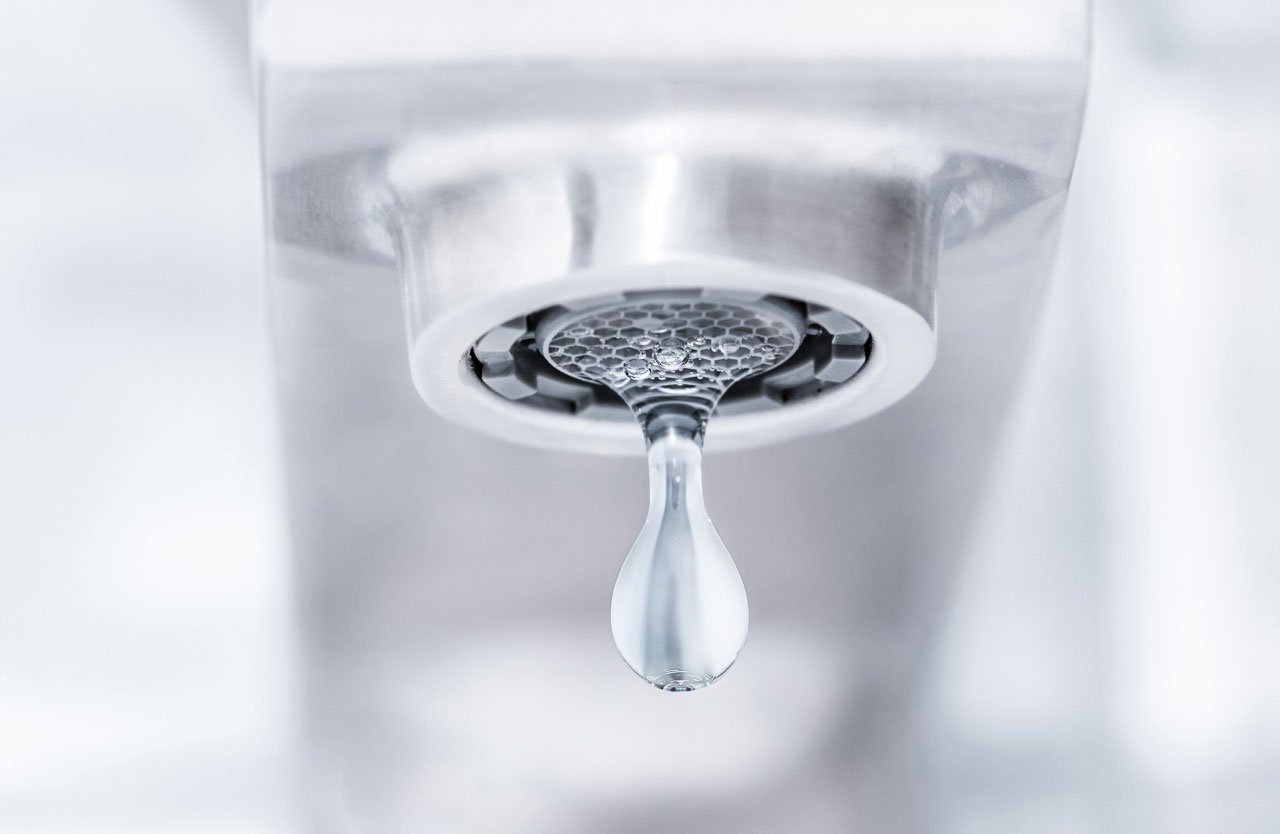Overview
1,2-Dichloroethane is a volatile carcinogenic chemical used to make plastic products such as polyvinyl chloride. learn more about this contaminant
Also known as ethylene dichloride, it has been widely used as an intermediate for manufacturing other chemicals and as a solvent. 1,2-Dichloroethane causes multiple types of cancer in animal studies, and damages liver, kidneys, and the immune and nervous systems. The EPA classifies 1,2-dichloroethane as a probable human carcinogen.
Click here to read more about carcinogenic VOCs.
State, National, and Health Guidelines for Drinking Water
EWG Health Guideline: 0.4 ppb
The EWG Health Guideline of 0.4 ppb for 1,2-dichloroethane was defined by the California Office of Environmental Health Hazard Assessment as a public health goal, the level of a drinking water contaminant that does not pose a significant health risk. This health guideline protects against cancer.
EPA Maximum Contaminant
Level (MCL): 5 ppb
The legal limit for 1,2-dichloroethane, established in 1987, was based on analytical detection limits at the time that the standard was set. This limit may not fully protect against the risk of cancer due to 1,2-dichloroethane exposure.
ppb = parts per billion
National Standard Exists
Health Concerns:
Cancer
Harm to the immune system
Harm to the stomach and intestines
Harm to the liver
Harm to the kidney
Harm to the brain and nervous system











